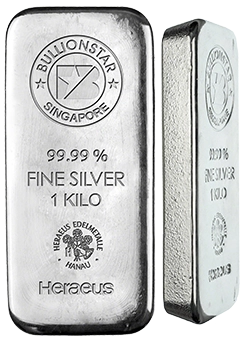Is It Too Late to Buy Gold in 2025? 7 Signs Pointing to Gold’s Next Major Rally
Gold prices have shattered records throughout 2025, surpassing the $3,300 per ounce mark. Many investors observing from the sidelines ask: “Have I missed the golden opportunity, or is this just the beginning?"
Is It Too Late to Buy Gold in 2025? According to experts in precious metals, we are witnessing what might be the early stages of a historic bull market in gold. Let’s examine the evidence and compare gold’s current trajectory with previous cycles.
The Expert Consensus: The Gold Rally Is Just Beginning
Despite gold’s impressive performance, all key indicators suggest 2025 might represent just the initial phase of what analysts call “a generational wealth transfer into precious metals."
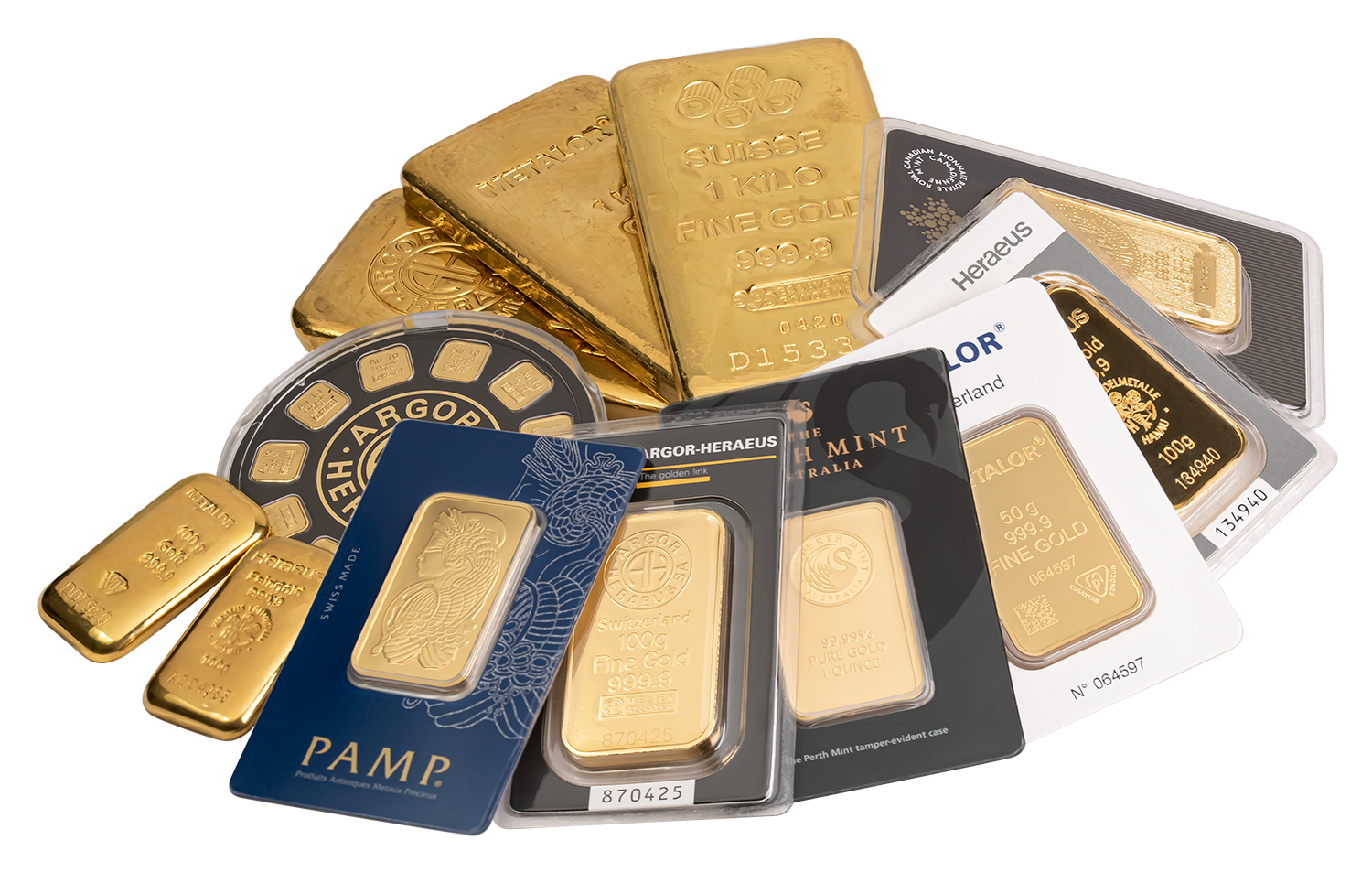
Gold is not just a commodity or a speculative investment; it represents preserved wealth through centuries of economic turmoil. In today’s reality of unprecedented national debt, persistent inflation, and escalating global tensions, gold’s role as financial insurance has never been more significant.
“In times of monetary uncertainty, gold remains the anchor of financial stability." – World Gold Council, 2024
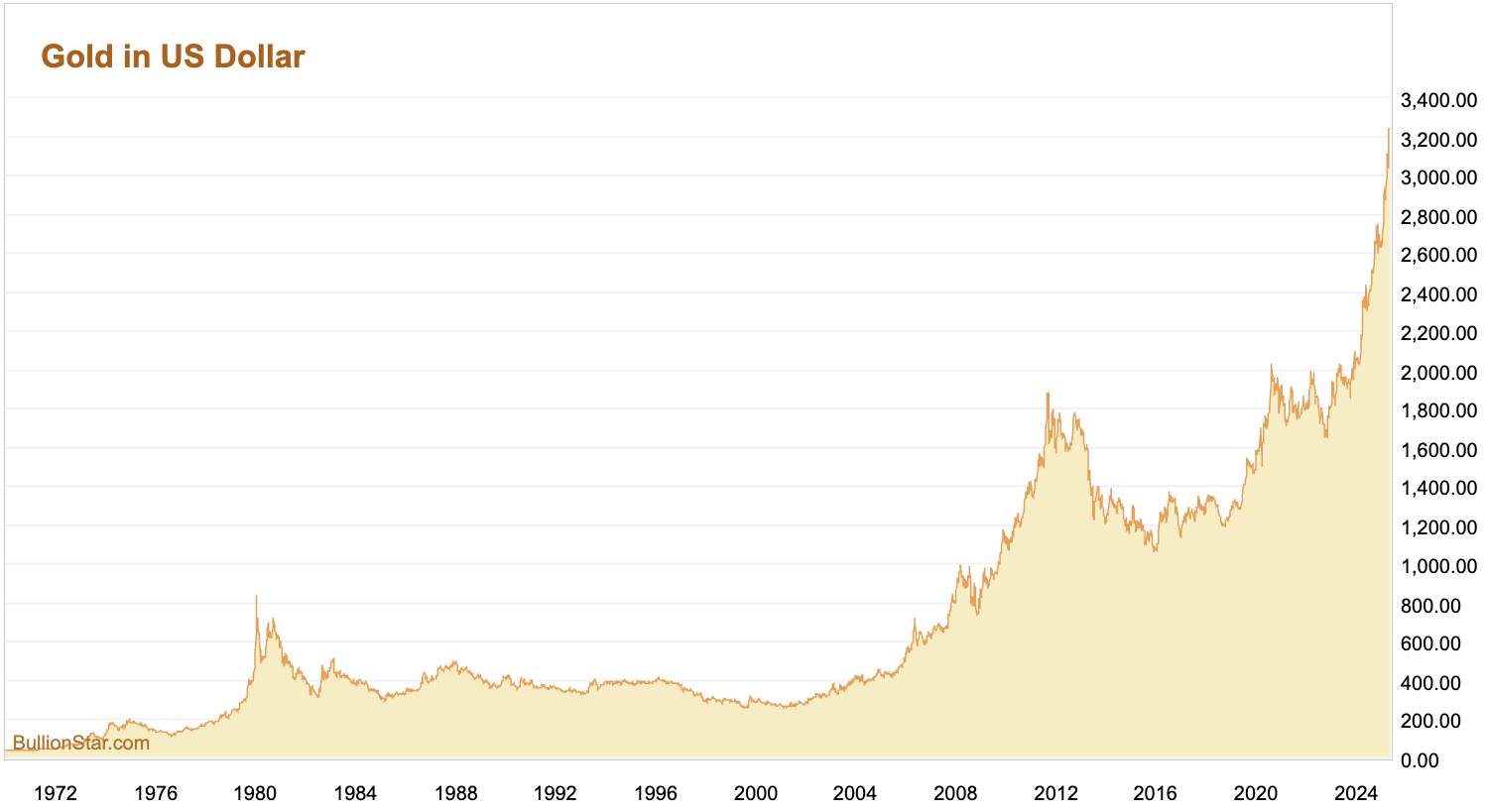
Why Many Americans Think They’ve Missed Out (And Why They’re Mistaken)
Yes, gold reached historic highs this year. This naturally triggers the fear of buying at the peak.
But here’s what separates gold from other assets:
Gold does not experience the boom-and-bust cycles typical of tech stocks or cryptocurrencies. It does not vanish overnight when public sentiment shifts.
Instead, gold moves in long-term secular trends. All evidence suggests we’re not at the culmination of this bull market—we’re in its middle chapters.

Gold reacts to fundamental economic realities: inflation, currency devaluation, banking instability, and geopolitical risk. Consider this: Are these concerns decreasing or escalating?
The answer is clear.
7 Compelling Signals Suggesting Gold’s Upward Trajectory Will Continue
1. Central Banks Are Accumulating at Historic Rates
We previously shared the incredible demand for gold driven by central banks,, along with China’s announcement that it will allow insurance companies to invest in gold as part of a pilot program
Why this unprecedented buying?
Central banks understand that fiat currencies are systematically devalued through excessive money creation.
Shouldn’t individual Americans consider the same strategy if the world’s monetary authorities aggressively buy gold?
2. Gold Can Outperform During Inflationary Period
Gold isn’t just inflation protection—it’s monetary preservation in tangible form.
Despite official claims of “controlled inflation," American consumers face significantly higher housing, food, healthcare, and education costs. With no end to the trade war, costs could keep rising for everyday Americans.
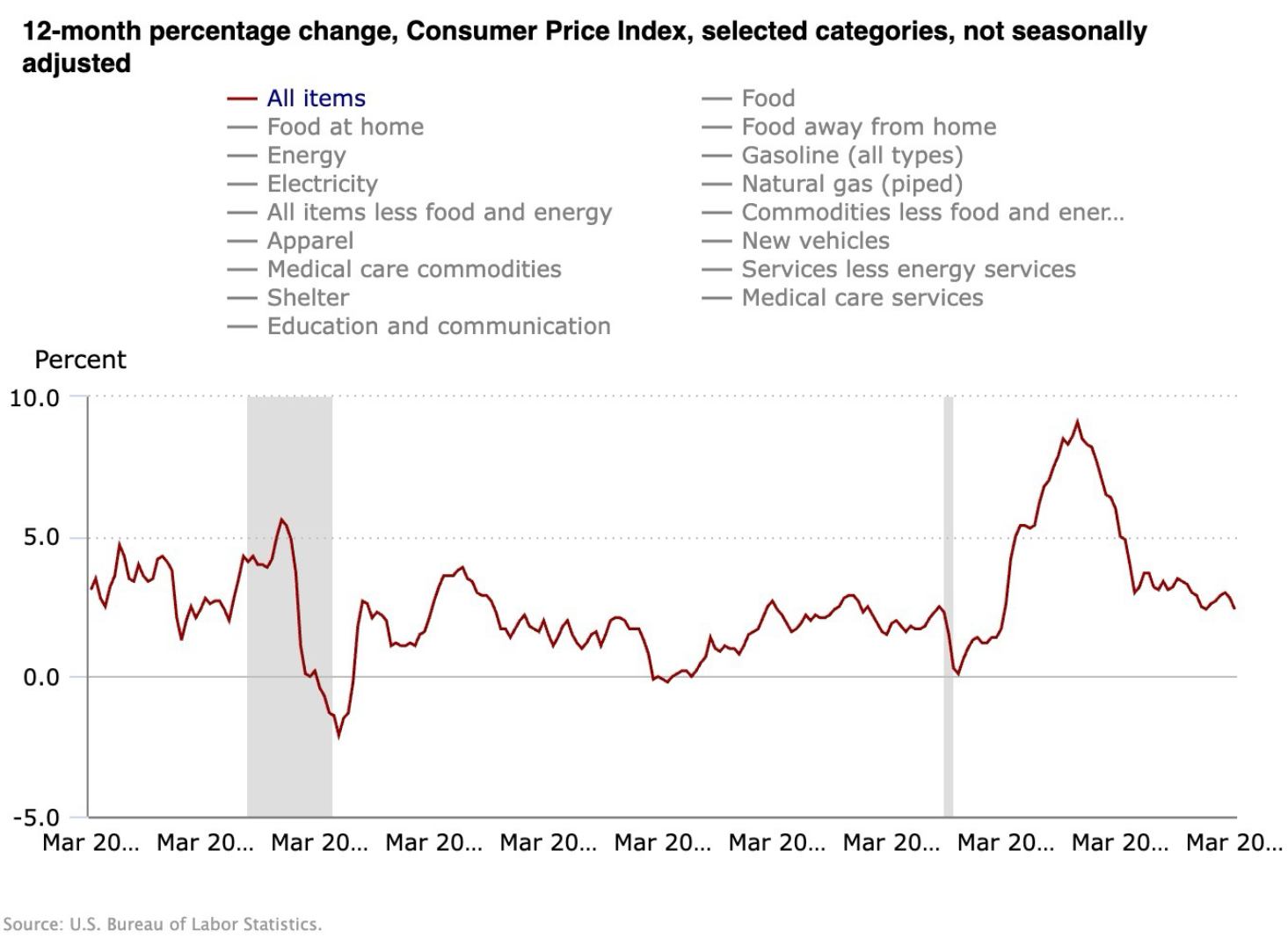
3. The Banking System Remains Fundamentally Vulnerable
The 2023 regional banking crisis that began with Silicon Valley Bank exposed unresolved structural weaknesses in our financial system.
Gold thrives precisely when confidence in financial institutions falters.
“Physical gold ownership represents one of the few assets without counterparty risk in an increasingly interconnected financial system." – Investopedia.
4. America’s Debt Trajectory Has Passed the Point of No Return
The US national debt surpassed $34 trillion in 2024 and continues accelerating. This mathematical reality leads to one inevitable outcome: continued currency debasement.
Currency devaluation = diminished purchasing power = higher gold prices
It’s not speculation—it’s economic law.
5. Gold Remains Undervalued in Historical Context
Even at $3,300+ per ounce, gold remains in a growth trajectory fueled by trade wars and global geopolitical tensions.
This suggests significant potential for ongoing appreciation instead of a market peak. As CBS News recently highlighted, “gold’s price movements are closely linked to real interest rates," with the Federal Reserve’s difficult position regarding inflation and economic growth, gold is poised to benefit greatly.
6. Global De-Dollarization Trends Support Higher Gold Prices
A significant shift is occurring in the global monetary landscape as countries actively diversify their reserves away from the US dollar. This “de-dollarization" trend has accelerated in recent years, with nations such as China, Russia, India, and several Middle Eastern countries increasing their gold reserves while decreasing their dollar exposure.
According to the World Gold Council, this structural change in the international monetary system creates sustained demand for gold from sovereign entities. One financial analyst noted in a recent Reuters report, “We’re witnessing a once-in-a-generation restructuring of the global monetary order, with gold being the primary beneficiary."
This trend seems to be in its early stages, indicating a long-term support for gold prices as central banks persist in their systematic accumulation of physical gold.
7. Smart Money Is Reallocating to Physical Gold
Institutional investors quietly increase their physical gold allocations, moving beyond paper gold exposure through ETFs. As State Street Global Advisors recently highlighted.
This shift from paper to physical gold ownership represents a fundamental change in how sophisticated investors approach precious metals—focusing on direct ownership rather than derivative exposure.
| ✓ Prioritize physical gold ownership over paper derivatives. Investment-grade coins and gold bars offer direct ownership without counterparty risk; ETFs introduce intermediary exposure. |  |
| ✓ Choose established dealers with transparent pricing. Look for companies that publish their premiums clearly and offer buyback guarantees. | 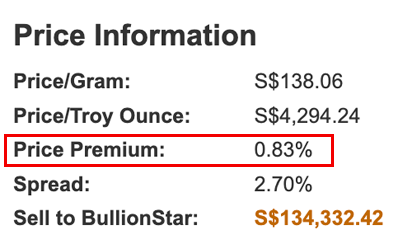 |
| ✓ Implement strategic dollar-cost averaging with monthly or quarterly purchases to reduce price volatility. We have a Bullion Savings Program, a great way to get started. | 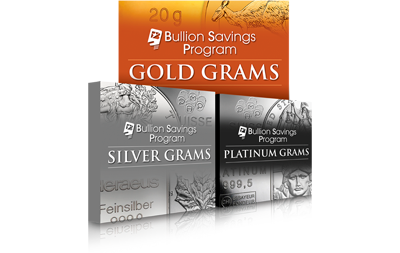 |
| ✓ Diversify storage locations across multiple jurisdictions to mitigate geopolitical and confiscation risks. At BullionStar, we offer international vault diversification options in Singapore, New Zealand, and the United States. |  |
Expert Q&A: Addressing Two Common Questions About Gold Investment
Q: Should I wait for gold to drop before buying?
A: Timing the gold market has traditionally been difficult, even for professional traders. Research indicates that investors who dollar-cost average into gold generally outperform those who attempt to time their entry points.
Q: Is physical gold better than gold ETFs or mining stocks?
A: Each has distinct characteristics. Physical gold provides direct ownership without counterparty risk but requires secure storage. ETFs offer convenience but introduce third-party exposure. Mining stocks provide leverage to gold prices but carry company-specific risks. Most wealth preservation specialists recommend considering what aligns with your situation and goals.
Secure Your Financial Future With Physical Gold
→ Explore our selection of investment-grade gold bullion products with transparent, competitive pricing.
→ Decide whether you prefer to keep your precious metals safe in our U.S. vault or enjoy global diversification with our secure vault in Singapore. Or, enjoy free shipping within the U.S. for orders above USD 98.
→ Implement a systematic buying program to build your position methodically over time.
Need help? Contacting BullionStar is easy!
Physical gold has served as the ultimate financial insurance policy throughout monetary history. This protection has never been more essential in today’s unprecedented economic environment.
Disclaimer: This article is for informational purposes only and should not be construed as financial advice. Consult with qualified professionals regarding your specific situation before making investment decisions.
Popular Blog Posts by BullionStar
 How Much Gold is in the FIFA World Cup Trophy?
How Much Gold is in the FIFA World Cup Trophy?
 Essentials of China's Gold Market
Essentials of China's Gold Market
 Singapore Rated the World’s Safest & Most Secure Nation
Singapore Rated the World’s Safest & Most Secure Nation
 Infographic: Gold Exchange-Traded Fund (ETF) Mechanics
Infographic: Gold Exchange-Traded Fund (ETF) Mechanics
 BullionStar Financials FY 2020 – Year in Review
BullionStar Financials FY 2020 – Year in Review
 Is It Too Late to Buy Gold in 2025? 7 Signs Pointing to Gold’s Next Major Rally
Is It Too Late to Buy Gold in 2025? 7 Signs Pointing to Gold’s Next Major Rally
 Silver’s Coming Breakout: Expert Insights from Peter Krauth
Silver’s Coming Breakout: Expert Insights from Peter Krauth
 The Golden Truth: How Financial Advisors’ Silence on Bullion Could Cost You Your Wealth
The Golden Truth: How Financial Advisors’ Silence on Bullion Could Cost You Your Wealth
 US Announces New Tariffs: What It Means for Your Wealth and Why Gold Still Wins
US Announces New Tariffs: What It Means for Your Wealth and Why Gold Still Wins
 The U.S. Dollar’s Decline: Why Precious Metals Matter More Than Ever
The U.S. Dollar’s Decline: Why Precious Metals Matter More Than Ever






 BullionStar
BullionStar 0 Comments
0 Comments








